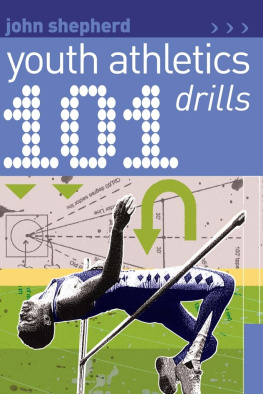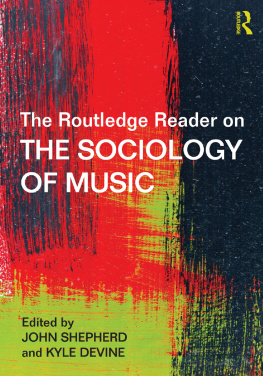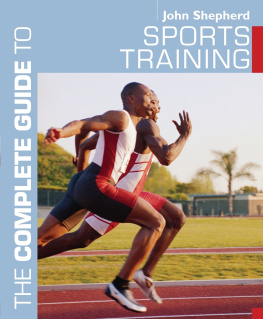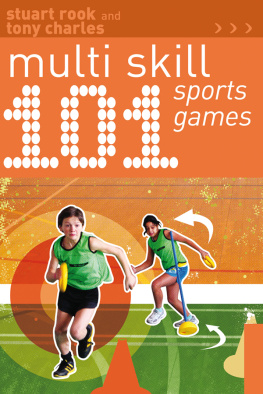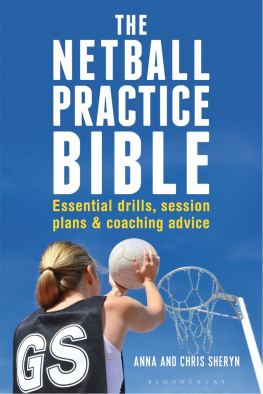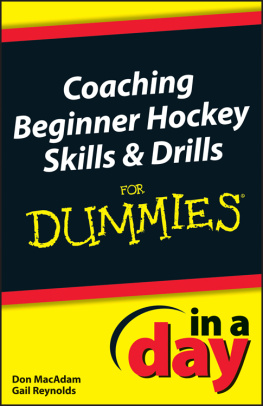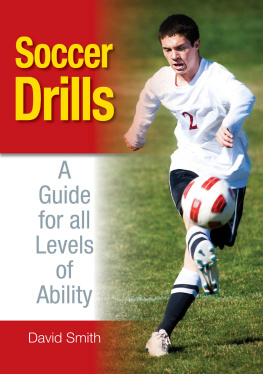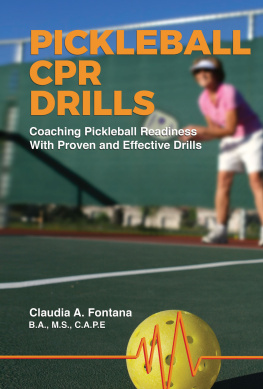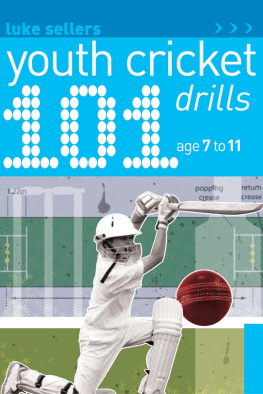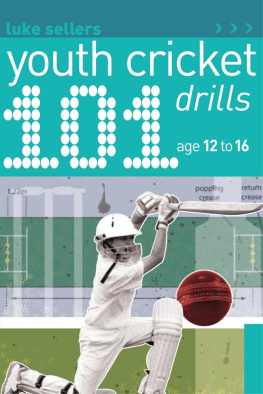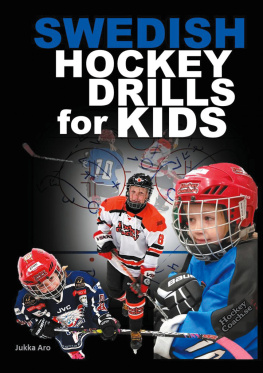
Athletics can be an incredibly demanding sport, and partly because of this the fun aspect can be lost. Young people dont need to be trained like mini-Olympians; for them, athletics must be fun. Take that away and they are unlikely to return to the track or playing field. Its vital that a track and field coach working with young people is creative and adaptable or they will lose their aspiring young athletes to sports which appear to be more exciting.
For previous generations of children play was a far more physical activity than it is today, despite what the creators of some game station consoles may claim. Health and safety regulations in schools may also have something to do with this decline in physical ability. This all adds up to an increased need for the track and field coach to teach young people fundamental physical skills. Young athletes should learn a repertoire of skills; running, jumping and throwing, that will enable them to be as physically versatile as possible. The ages 8 to 12 have been called the skill-hungry years and it is at this time when fundamental physical skills are most easily learnt.
I aim to show coaches, teachers and interested parents, 101 track and field drills that will feed these skill-hungry years and those that follow drills that will provide a firm foundation for the performance of all track and field events. Track and field drills are fundamental to all sports. You cant head a football without being able to jump, or bowl a cricket ball without being able to run and throw. This book will therefore be of benefit to coaches from all sports as well as the best one!
I have taken many coaching sessions with young people and it is crucial to make the activities as much fun as possible (and sometimes be prepared to deviate from your session plan to maintain enthusiasm). Track and field is a technical sport, but a novice is not going to need to learn a two-and-a-half stride hitch kick long jump technique. At this stage the emphasis should be on learning stem skills skills that will be the foundation for learning more complicated skills at a later age. For the long (and other) jumps providing the young athlete with the basics of how to coordinate their limbs at take-off after a reasonable distance approach run should be the goal.
Dont just think track and field!
Young people are easily influenced by what they see on TV and in terms of sport, this usually means football! Dont be parochial. I have often tried to coach young people track and field when they would rather be playing football. My advice is to sell them the idea that learning to sprint, jump, accelerate and so on, will make them better footballers; you could let them play football at the end of the athletics session as a reward and to make your point. Who knows you might have the next Christiano Ronaldo (or hopefully Usain Bolt) in your group!
Creativity as a coach is of paramount importance, particularly with the under-11s. Your primary coaching goal is to provide a fun and safe experience and to switch young minds onto a lifelong interest in sport and being healthy.
Skill windows
There are certain times when a young athletes body is more susceptible to certain types of training than at others see tables . Knowing when these skill windows occur will enable you to select drills and develop workouts that will have the most positive effects on the young athlete. You will also need to be aware of growth spurts in a young athletes life when they will, for example, be less coordinated, due to the way their body is rapidly growing.
For boys the skill window is between the ages of 9 and 12; for girls it is between the ages of 8 and 11.
These skill windows should be seen as the best time to teach the key components of general sports skills the stems of sports skills. Specialisation in terms of athletic events should be avoided until the mid to late teens. During this learning-to-train phase, the basics of running, jumping, throwing and agility skills can be mastered.
If basic sports skill (physical literacy) is not learned during the young athletes skill window period, it is unlikely that they will ever reach their full potential.

Coaching tip
It is generally recognised that it takes 10 years to excel at any activity, sporting or otherwise. This means that on average the elite sportsperson will have practised their chosen sport three hours a day every day for a decade. Elite coaches must consider carefully the process of long-term athletic development. As you teach your athletic drills in schools or athletics clubs think ahead and make sure that you give your charges the best chance of becoming a future world beater (or at least the best they can be) by arming them with the right skills.

The bigger picture athlete development
The long-term development of young athletes is vital if they are to be in peak condition in their competitive years. Coaches should use the average ages for peak performance of elite performers in their specific events as a guide to the amount of time that this process can take. For example, throwers often reach their peak in their 30s. Obviously there will be exceptions and some athletes will mature earlier or later. However, you should not rush an athlete and force advanced skills and training loads on them until they are ready.
Coaching young people
Coaches should not treat children as mini-adults, they should train and talk to them appropriately and most importantly make the training experience as much fun as possible.
The aim must be to work from success, from things that children can actually do, says former national athletics coach Tom McNab. Failure to adopt such an approach with young people (and adults) will reduce their self-esteem and may even lead to them dropping out of sport. From a practical coaching standpoint, McNab suggests using coaching practices that allow children to enjoy as they achieve.
What to say when coaching
To this must be added what is said to the young athlete. Adopting an overly critical approach even if unintentional can lead to feelings of low self-esteem. You should therefore endeavour to praise and encourage children through using coaching practices that increase self-esteem.
Competition, success and failure
Competition can be a contentious area when coaching young athletes. The way competition is introduced can have a crucial effect on their psychology (and future involvement in this and other sports). Athletics is obviously competitive (and many of the drills in this book lend themselves to competition even if this is not the primary aim). Often it will be the biggest most physically advanced young athletes who will win, not necessarily those with the most talent. There may be up to five years physical difference between children of the same age. As indicated, long-term athletic development is crucial. As a coach you must be aware that exposure to defeat at an early age can lead to negative self-esteem and self-belief.
Although a complex area, it is important for coaches to control competition, so that athletes learn to compete, but dont become afraid of doing so because of possible failure, or give up sport altogether because of too many defeats. Where possible, the young athlete should be encouraged to compete against themselves; to record their achievements and better their own performances, rather than trying to beat each other. Achieving a best time or distance will boost confidence.
Next page
